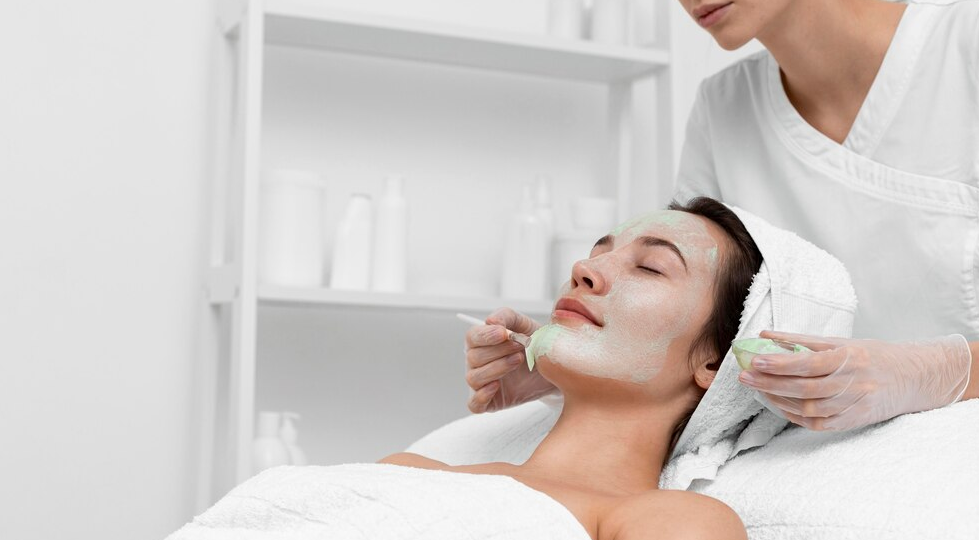In the era of technological advancement, the engagement of medical aesthetics has witnessed an exponential rise. The dawn of innovative techniques to treat various skin conditions marries new-age scientific discoveries with sophisticated instruments, consequently delivering transformative results. These swift advancements necessitate medical aestheticians to keep pace with these developments and offer their patients the most creative, effective solutions.
An Overview of Traditional Skin Treatment Techniques
Contents
- 1 An Overview of Traditional Skin Treatment Techniques
- 2 Pioneering Techniques Transforming the Landscape of Skin Treatment
- 3 Delineating the Benefits and Drawbacks of Progressive Skin Treatment Techniques
- 4 Illustrative Cases Proving the Efficiency of Contemporary Techniques
- 5 Predicted Progress in Skin Treatment Technologies
- 6 Role of Organic Skincare in Modern Skin Treatment Techniques
Throughout the majority of the course of medical history, treating the skin was mostly accomplished through the use of more traditional methods such as chemical peels and dermabrasion. They are highly useful in the treatment of a wide variety of skin disorders, and as a result, they make it possible for a huge number of people to achieve their goal of having skin that is free of flaws. However, these time-honored approaches typically come with their own unique set of downsides, which makes them less desirable than other options. The biggest worries centered on the lengthy periods of time required for recuperation, the likelihood of experiencing adverse effects, and the variability of the results. As a direct result of these constraints, there was an urgent requirement for the creation of techniques that were more up to date and efficient.

Pioneering Techniques Transforming the Landscape of Skin Treatment
Evolutions in research and development have entirely overhauled the domain of skin treatment. Richly precise, advanced, and customizable procedures have seized the gaze of the medical aesthetic industry, introducing groundbreaking skin treatment practices. Forefront techniques such as fractional lasers and ultrasound therapy have revolutionized the realm, outperforming their predecessors. The tools and equipment molded from cutting-edge technology are restructuring commonplace treatments. Utilizing light-based technologies to focus on specified skin layers and triggering the body’s natural repair process contributes to an enhanced aesthetic appearance.
Delineating the Benefits and Drawbacks of Progressive Skin Treatment Techniques
Although these modern skin treatment techniques hold promise for remarkable improvement and hastened recovery periods, it is imperative to appraise both their potential benefits and shortcomings. They offer unwavering precision, reducing the likelihood of unanticipated side effects and escalating the predictability of results. Nevertheless, impediments such as heavyweight costs and the dearth of specialized practitioners well-versed in these evolutionary procedures could inhibit access to these treatments. Moreover, a skin to all medical procedures, they too encompass some degree of risk and potential side effects.
Illustrative Cases Proving the Efficiency of Contemporary Techniques
The existence of an astoundingly high number of patient success stories in which innovative treatments were useful is evidence that these approaches are effective. These methods have been proved to be effective by the existence of these patient success stories. Acne scarred individuals who have undergone therapy with fractional lasers and reported significant changes in their condition as a result of the treatment have indicated that the therapy was successful in alleviating the symptoms of their condition. One example that exemplifies this idea is the fact that individuals who have been diagnosed with sagging skin and have had ultrasonic therapy have experienced a visible improvement in their condition.
Predicted Progress in Skin Treatment Technologies
The future techniques in skin treatment present a landscape brimming with enticing possibilities. The inclination towards highly personalized treatments, explicitly designed to tackle particular types of skin and related conditions, is anticipated to surge. Furthermore, the impending integration of artificial intelligence into the diagnosis and treatment process is on the horizon. However, such advancements are inseparable from their associated ethical considerations and challenges. Key discussions will continue to revolve around providing equal access to these sophisticated treatments, ensuring patient welfare, and advocating for achievable beauty standards instead of propagating unrealistic ideals.
Role of Organic Skincare in Modern Skin Treatment Techniques

In the rapidly evolving realm of dermatology, organic skincare plays an increasingly fundamental role. The inflated concerns regarding harmful synthetic ingredients have propelled an upsurge in organic alternatives, which have demonstrated far-reaching benefits in routine skincare. The effectiveness of these natural products lies in their high composition of antioxidants, essential oils, and vitamins, instrumental in addressing common skin concerns such as ageing, hypersensitivity, and acne.
Research substantiates the aforementioned claims, evidencing a positive correlation between organic skincare use and improved skin health. A 2019 industry report indicated a 23% decrease in chemically-induced skin reactions amongst frequent users of organic products. Thus, the prospect of harnessing the powers of nature for skin rejuvenation bears convincing credibility.
It is, however, indispensable to ascertain the authenticity of these organic products in a market rife with misrepresentation, prioritizing accredited and reputable retailers for procurement.

